Hussar Regiment 3 “Hadik”
The crew of the 3rd Hussar Regiment came from the eastern part of the Hungarian Great Plain, from the area of the VII. Corps. The regiment had its headquarters in Sopron. It was dislocated in the 16th Cavalry Brigade and the 2nd Cavalry Division. The regiment’s owner was Count András Hadik, who was one of the most successful cavalry commanders of the Habsburg Empire in the middle of the 18th century. He participated in all the wars worn by Empress Maria Theresa, including the Austrian War of Succession. In October 1757, he marched into Berlin with his raiding detachment and ravaged the city. This is the best known warfare of his crew. Hadik was therefore awarded the Grand Cross of the Military Order of Maria Theresa. In 1888 he became the owner of the 3rd Hussar Regiment.
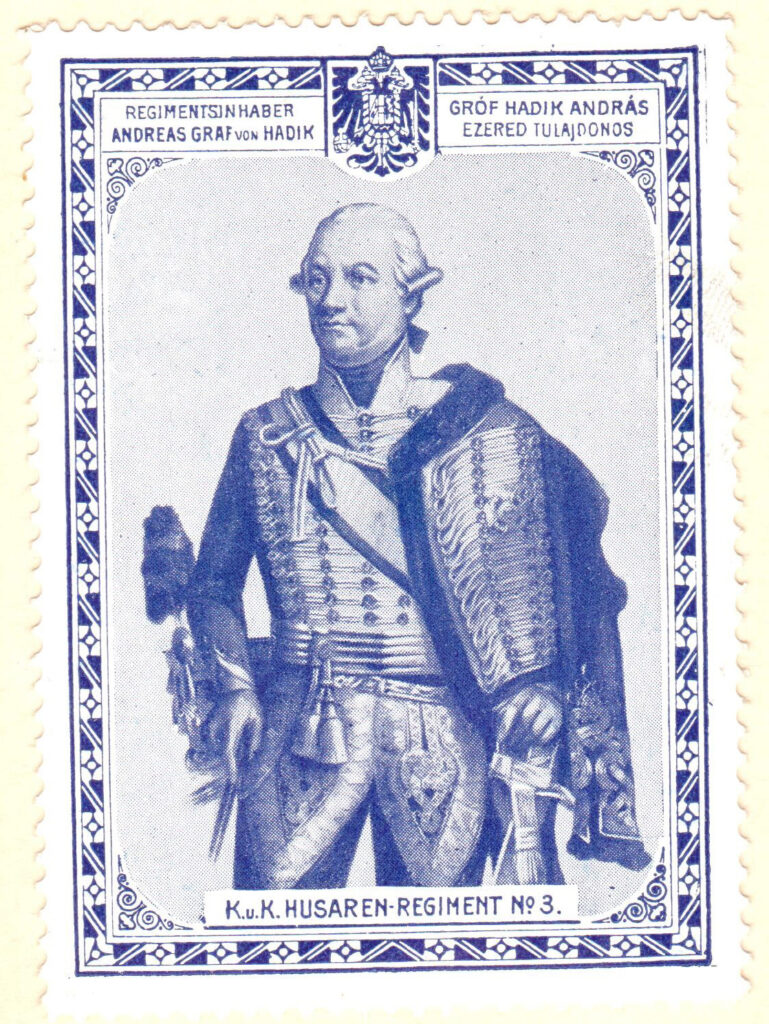
At the beginning of the Great War, the regiment took part in active cavalry reconnaissance, often behind enemy Russian lines. He was baptized during the siege of Wladimir Wolynski on August 16, 1914. This attack, like several others, remained ineffective during this period. The infantry attacks of the hussars equipped with rifles and swords could not reach the enemy with the machine guns dug. From 1915, due to the lack of horses, most of the cavalry units were reorganized into an infantry team. Additional machine gun sections were also received for reinforcement. The 2nd division, including the regiment, provided the link between the 1st Austrian Army and the German 9th Army in the Nida area until the May 1915 breakthrough. Afterwards, they took part in the occupation of Warsaw.
From September 1915, the 3rd Hussar Regiment became part of the Hauer Cavalry Corps and was settled in the Pripyat Swamps area on the banks of the Stochod River. In December, he was directed to Bukovina in the Buczacz district by the river Strypa, in a defensive position. The Brusilov offensive reached a deep breakthrough on the front line of the 7th Army. The hussars also had to retreat. The 2nd Cavalry Division, meanwhile, suffered a loss of about 60%, but remained combat-capable and successfully consolidated the defensive line established behind Halicz. The Kerensky offensive next year temporarily expelled the division from its positions in July 1917, but after the Russian attack was blocked, and the enemy was repulsed. Moreover, the pursuit of the enemy near Zalosce resulted in a breakthrough. Bukovina was released again. The new positions of the regiment lay east of Czernowicz. Subsequently, the regiment took part in the occupation of Bessarabia in 1918. At the end of the war, the regiment withdrew from Ukraine.
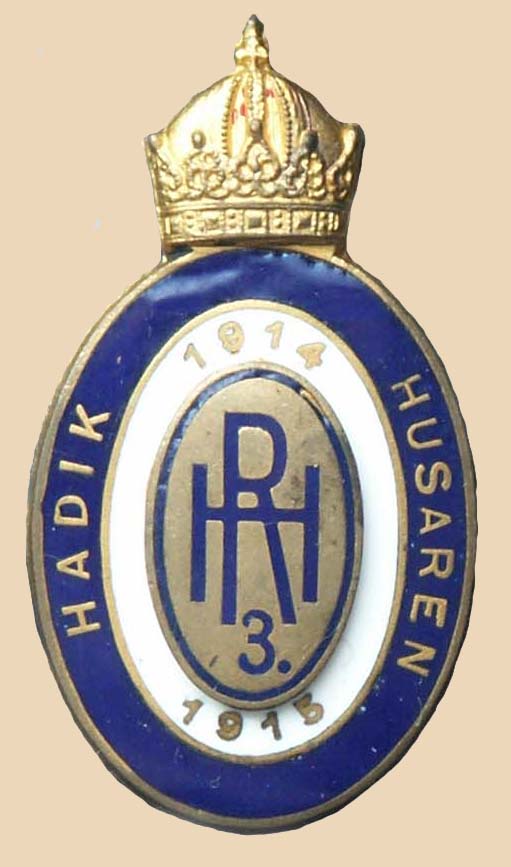
The badge of the 3rd Hussar Regiment is a clean, oval badge typical of cavalry badges. Blue was the color of the regiment’s coats, and white was the color of their shako hats. In the circular, it mentions the name of the regiment’s owner Hadik. The letter closing attached to the post shows a portrait of Hadik. After the Great War the regiment’s veteran association actively preserved the memories. The well-known Hadik statue in the Buda Castle was erected in 1937 on the initiative of the comrades’ alliance. Few know this, but the inscription on the pedestal of the statue clearly indicates that the well-known equestrian statue is a monument to the 3rd Hussar Regiment.
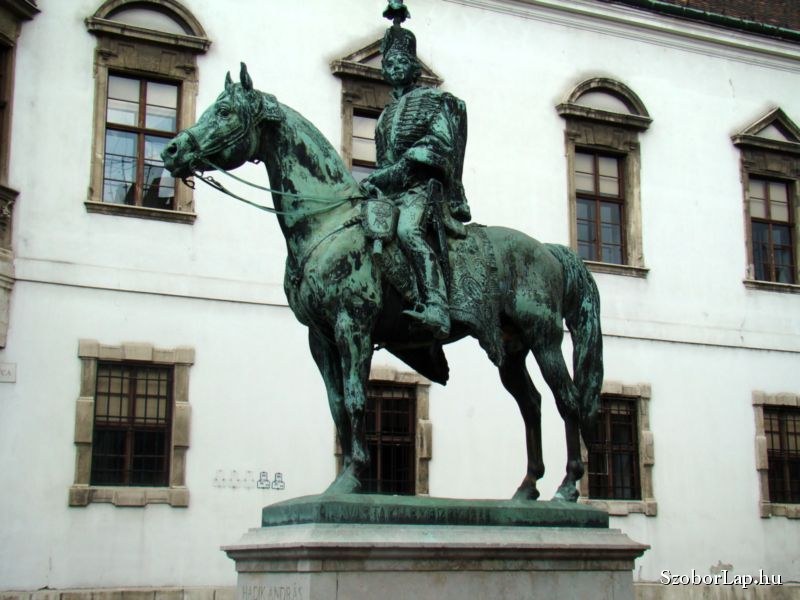

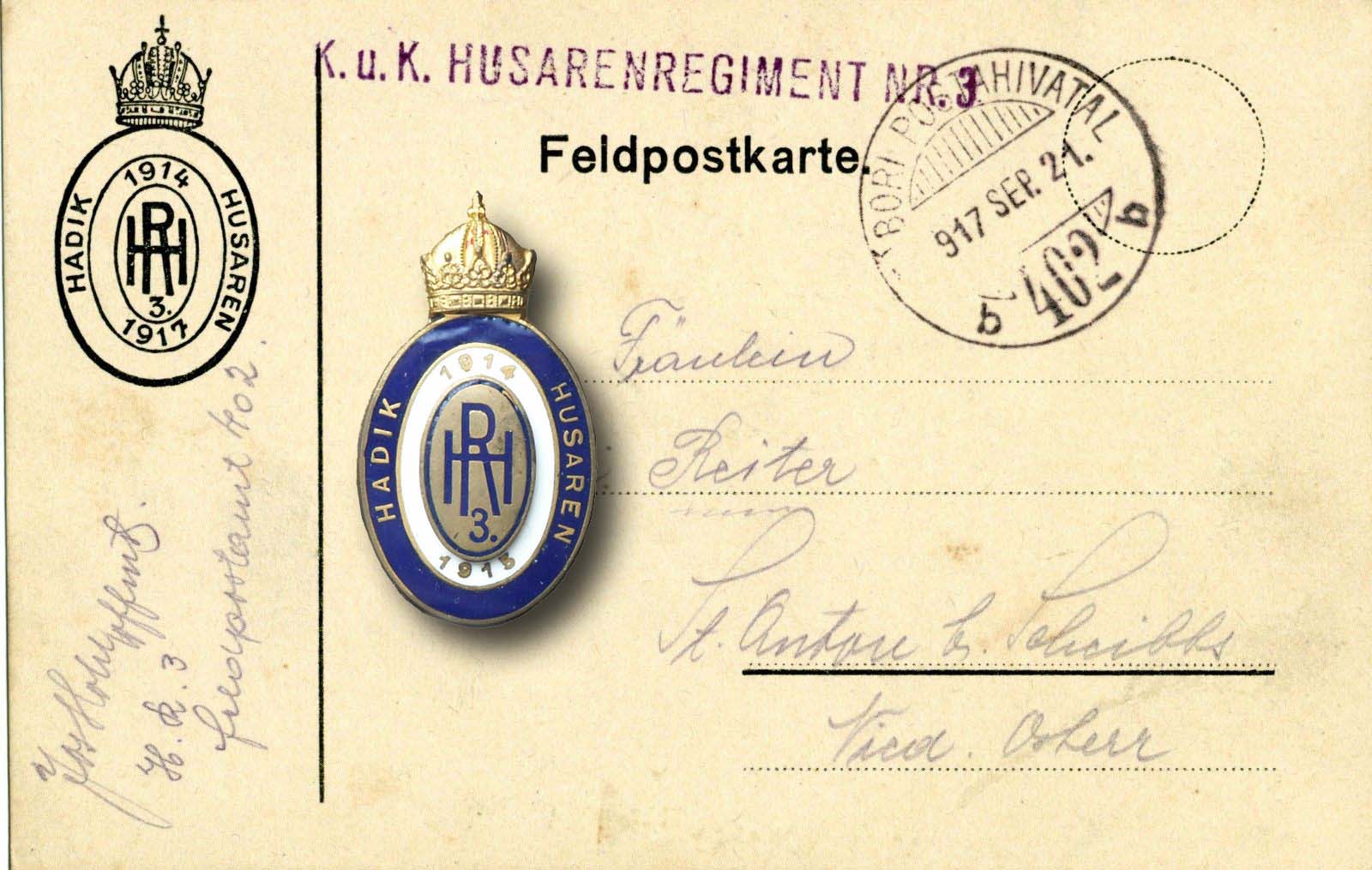
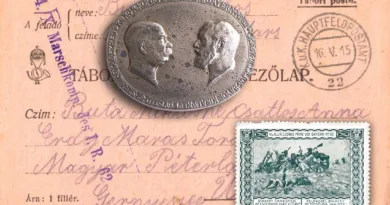
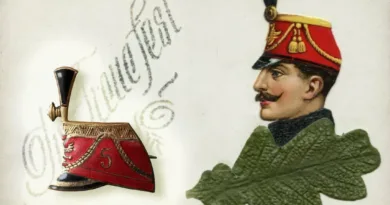
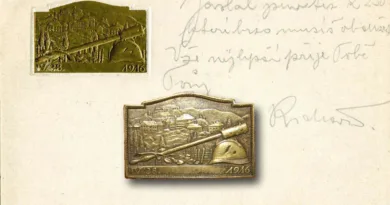
[…] There is one decorated with portraits of the regiment owners (e.g. those of the already presented 3rd Hadik Hussars). And there is also a letter seal series depicting the regiment’s memorial day. The regiment […]